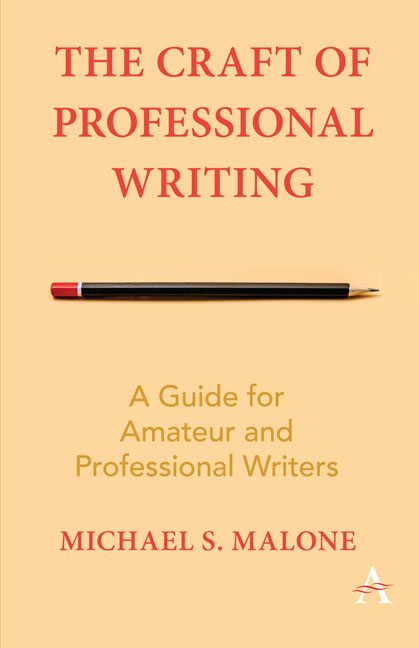Book contents
4 - Publicist
from Part Two - Corporate Careers and Disciplines
Summary
What is public relations?
Public relations is the art of influencing the media to carry stories under their own banners, thus conferring the highest possible level of legitimacy with the target audience. This distinguishes PR from advertising or sponsorship, which are forms of purchased promotion. The official definition of public relations is: the practice of managing communication between an organization and its publics.
How PR works
Public relations targets the editorial side of media, and is willing to sacrifice control over the end product for this degree of legitimacy. This makes PR the cheapest form of promotion. But the lack of control over the end content carries with it a certain amount of risk: you never know what's going to finally appear in print or on the air. Journalists guard their independence and rightly resist any overt attempts to influence them. What that means is that there is always a risk— and it will happen several times in your PR career— that the reporter or editor will publish exactly the opposite story you've pitched to them.
Public relations typically targets legislators, key decision makers, customers, employees, current and potential customers and the general public.
Why do we need PR?
Journalists don't like to admit it, but 60 to 80 percent of all the content you see in traditional media, and probably 90 percent of all “reported” news on the Web, is ultimately the product of public relations, from personal contact to prepared media materials. The media, especially today, simply don't have the resources to cover all the stories they need to meet the demands of their audiences. Meanwhile, companies, nonprofits, schools and social groups all need public attention to stay successful, and they can't wait until the media finds them or recognizes the value of their story. They have to be proactive, and the most cost- effective way to do that is through public relations.
History of public relations
Public relations, though the term is less than a century old, is old as printing. Read Balzac's novel Lost Illusions to appreciate how ambitious individuals have always tried to influence the content of books, magazines and newspapers. Public relations as a profession, with its own rules and standards, really begins in the 1920s, with the rise of mass media, Hollywood and consumer products.
- Type
- Chapter
- Information
- The Craft of Professional WritingA Guide for Amateur and Professional Writers, pp. 29 - 42Publisher: Anthem PressPrint publication year: 2018



